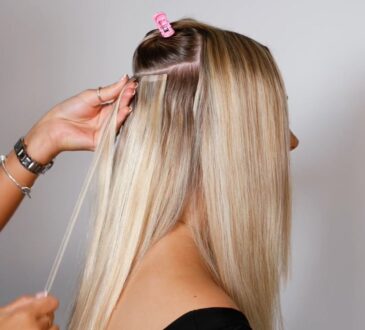
Let’s face it—shopping for an engagement ring can feel a bit overwhelming. One minute you’re celebrating the fact you’re getting engaged, and the next you’re buried in deep thought about terms like “VS1 clarity” and “ideal cut,” all whilst wondering why a tiny rock costs as much as a decent used car. But here’s the thing: a lot of people don’t realize that you’ve got more options to choose from than just the traditional (and pricey) mined diamonds. And one of the best options out there to date? Lab-grown diamond rings.
Wait—Lab-Grown Diamonds Are Real?
Yup. This surprises a lot of people, so let’s clear it up: lab-grown diamonds are chemically, physically, and visually identical to mined diamonds. They aren’t cubic zirconia, moissanite, or anything synthetic. They’re actual diamonds—just made in a lab instead of formed underground over billions of years.
Think of it this way: lab-grown diamonds are somewhat like greenhouse flowers. They’re still real roses—they just didn’t come from the wild. And no one at the dinner table is going to inhale them and say, “Wait, is this from a greenhouse?”
The Cost Breakdown: What You’re Really Paying For
Now, let’s talk cash—because let’s be honest, that’s usually the part we’re all thinking about. In the U.S., the average diamond engagement ring cost sits somewhere around $6,000. But keep in mind, if you’re eyeing anything over a carat or going for top-tier clarity and color, the number can climb fast.
With lab-grown diamonds, you’re looking at significantly lower prices—usually 40% to 70% less than mined diamonds of the same size and quality. That can be considered a big steal. It means you are able to afford a much larger stone, a custom setting, or maybe just dodge that feeling of having to take out a loan.
The Feel-Good Bonus: Ethics and the Environment
Want to know another big plus? Many of the ethical difficulties associated with traditional diamond mining are avoided with lab-grown diamonds.
You don’t need to worry about whether your diamond was responsibly sourced or if it came at either a human or environmental cost.
If sustainability matters to you—or you just want to make a purchase you feel good about—lab diamonds check a lot of boxes.
How About the Resale Value?
This question comes up a lot: “Will I be able to sell it someday?” And here’s the honest truth—neither lab nor mined diamonds are great investments. They typically don’t hold their full retail value (kind of like a new car).
But most people aren’t buying engagement rings as an investment anyway. They’re buying them because they’re in love and want something beautiful and meaningful to mark that moment. If you can buy something that looks great, meets your needs, and saves you thousands of dollars? That can be considered somewhat of a victory.
Don’t Forget the Wedding Bands
If you’re already looking at lab diamonds for the engagement ring, you might want to consider them for your diamond wedding rings, too. Many couples nowadays are skipping mined diamonds altogether and are opting for rings that are traditional, dazzling, and built to last. Also, matching sets with lab diamonds are frequently far less expensive than you’d imagine.
Final Thoughts: Do What Feels Right for You
There’s nothing wrong with going the traditional route. But don’t feel like you have to. Lab-grown diamond rings offer a chance to break away from the pressure of tradition and focus on what really matters—your relationship, your values, and your budget.
If you can purchase a ring that looks great, has a clear conscience, and saves you a significant amount of money? Then it’s a win-win. Seriously, why not? At the end of the day, your ring is about you. Not a trend, not an expectation, and certainly not someone else’s view.




